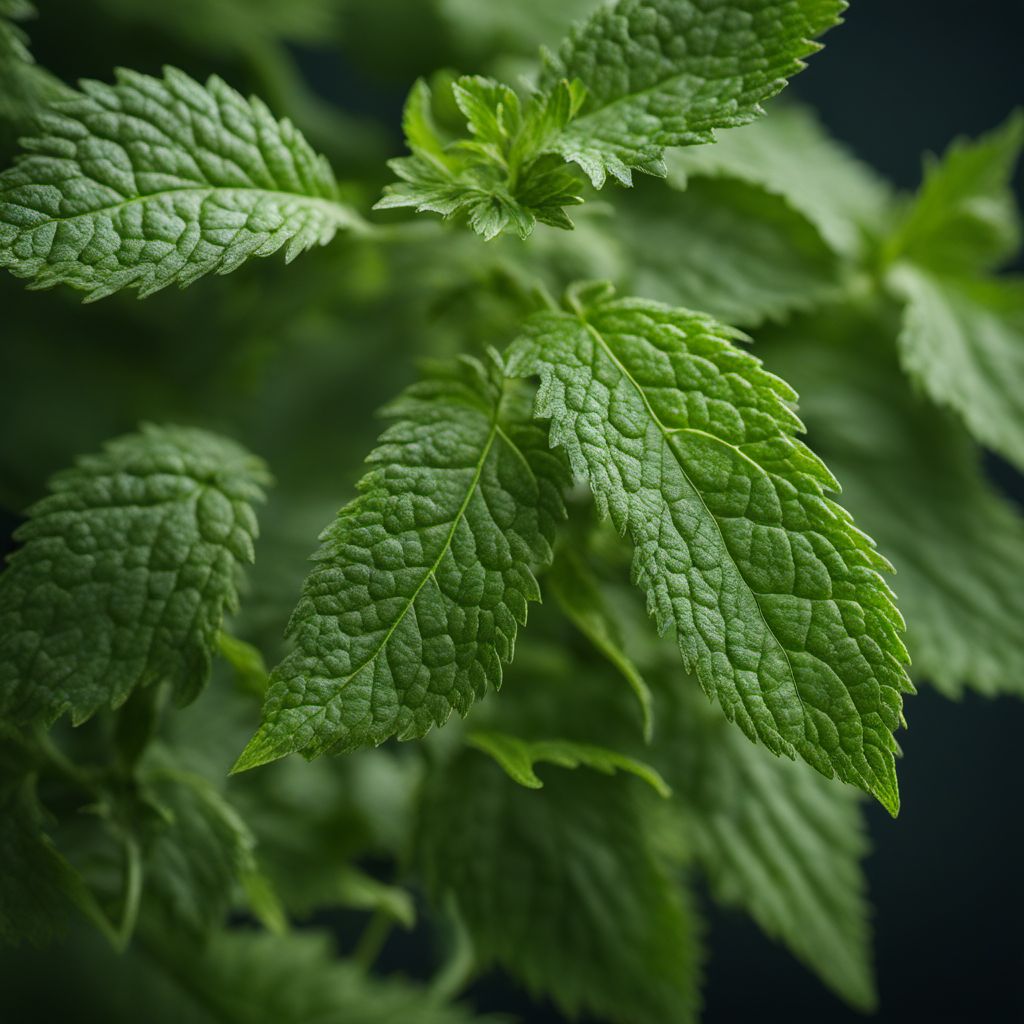
Ingredient
Comon nettle roots
The Nutritional Powerhouse
Common nettle roots have a woody and fibrous texture, with a slightly bitter and earthy taste. They are often used in traditional herbal medicine to treat various ailments, such as arthritis, allergies, and urinary tract infections. In culinary applications, nettle roots are typically dried and ground into a powder, which can be used as a flavoring agent or added to soups, stews, or herbal teas. They are also used as a natural dye for fabrics.
Origins and history
Common nettle roots have a long history of use in traditional medicine and herbal remedies. They have been used by indigenous cultures around the world for centuries to alleviate various health conditions. Nettle roots were traditionally harvested in the wild, but they are now cultivated in some regions for commercial purposes. The stinging nettle plant, including its roots, leaves, and stems, has been revered for its medicinal properties and nutritional value throughout history.
Nutritional information
Common nettle roots are rich in vitamins, minerals, and antioxidants. They are particularly high in iron, calcium, magnesium, and vitamin C. Nettle roots also contain compounds that have anti-inflammatory and diuretic properties, making them beneficial for certain health conditions. However, it is important to note that nettle roots may interact with certain medications or cause allergic reactions in some individuals. Consult a healthcare professional before using nettle roots for medicinal purposes.
Allergens
Common nettle roots may cause allergic reactions in individuals who are sensitive to the stinging nettle plant. It is recommended to perform a patch test or consult a healthcare professional before using nettle roots for medicinal purposes.
How to select
Common nettle roots are typically harvested in the wild or cultivated in specific regions. When purchasing nettle roots, look for products that are sourced from reputable suppliers and are certified organic to ensure quality and purity. Dried nettle roots should be free from any signs of moisture or mold.
Storage recommendations
To maintain the freshness and potency of nettle roots, store them in an airtight container in a cool, dry place away from direct sunlight. Proper storage will help preserve their flavor and medicinal properties for an extended period. It is recommended to use nettle roots within a year of purchase for optimal results.
How to produce
Common nettle roots are typically harvested from mature plants in the fall when the energy is concentrated in the roots. To produce nettle roots, one can cultivate stinging nettle plants in a garden or outdoor space. Nettle plants require well-drained soil, ample sunlight, and regular watering. Consult gardening resources or local nurseries for specific guidance on growing stinging nettle.
Preparation tips
Nettle roots can be used in various culinary preparations. They can be dried and ground into a powder, which can be added to soups, stews, or herbal teas for a unique flavor and nutritional boost. Nettle root powder can also be used as a natural dye for fabrics, creating shades of yellow, green, or brown. When using nettle roots in cooking, it is important to handle them with caution to avoid the stinging hairs on the plant.
Culinary uses
Common nettle roots are commonly used in traditional herbal medicine to treat various ailments, such as arthritis, allergies, and urinary tract infections. They are also used as a flavoring agent in soups, stews, and herbal teas. In some cultures, nettle roots are used as a natural dye for fabrics. Their versatility and nutritional value make them a valuable ingredient in both medicinal and culinary applications.
Availability
Common nettle roots are commonly available in Europe, Asia, and North America, where the stinging nettle plant is native or cultivated.
